Flash, staggering and tension control problems that occur during ribbon slitting can have a direct impact on product quality and production efficiency. Here are the systematic solutions to these problems:

First, flashing problem (uneven edges/fibrous burrs)
1. Cause analysis
• Blade passivation or improper installation
• The slitting speed does not match the material
• The ribbon material is highly brittle or has poor coating adhesion
• The surface of the guide rollers is worn or not cleaned sufficiently
2. Solution
• Tool optimization:
◦ Use a high-hardness round knife (e.g., diamond-coated blade) and check the sharpness of the cutting edge regularly (every 8 hours).
◦ Adjust the blade angle to 15°~20°, and use single-sided bevel cutting to reduce edge stress.
• Process Adjustments:
◦ Reduce the slitting speed (recommended initial speed ≤50m/min) and gradually adjust to the best parameters.
◦ Preheating ribbon (40~50°C) improves the cutting performance of brittle materials.
• Ancillary measures:
◦ Add a static eliminator (e.g., ionic air bar) to reduce static adsorption of debris during cutting.
◦ Use a slitter with chip suction device to clean the cutting area in real time.
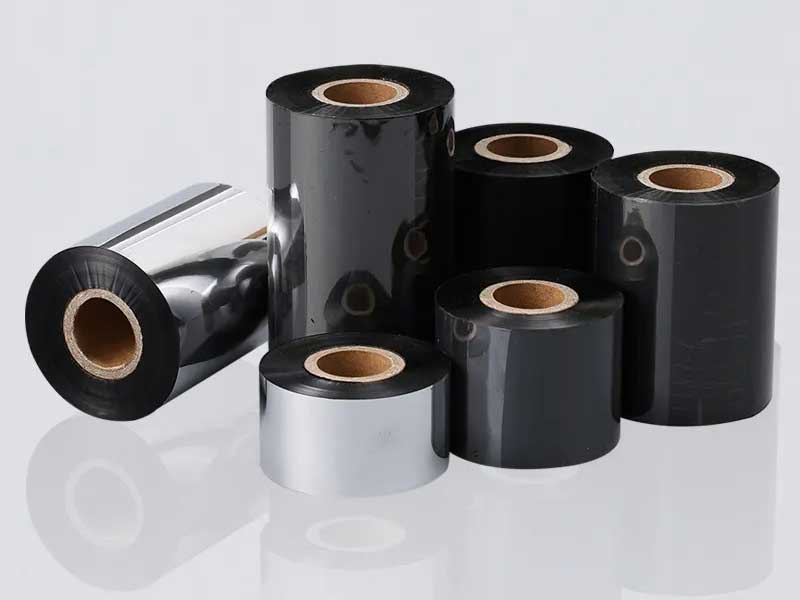
Second, the problem of staggered layers (interlayer deviation of coil material/serpentine)
1. Cause analysis
• Unwinding/rewinding tension is uneven
• The initial winding tightness of the parent roll is inconsistent
• Slitter Guiding System (EPC) response lag
• Fluctuations in ambient temperature and humidity cause the material to expand and contract
2. Solution
• Tension Control:
◦ Closed-loop tension control system is used to set the gradient tension curve (such as unwinding tension decreasing by 3%~5%).
◦ Constant tension maturation (tension ≈ 5N/cm²) for 24 hours before slitting.
• Equipment calibration:
◦ Check the sensitivity of the EPC sensor every week, and the deviation correction accuracy should be ≤±0.2mm.
◦ Use a laser alignment instrument to adjust the parallelism of the guide rollers (deviation < 0.05mm/m).
• Operational Specifications:
◦ Check the flatness of the end face of the parent roll (runout<1mm) before slitting.
◦ Operate in a constant temperature and humidity environment (23±2°C, RH50±5%).
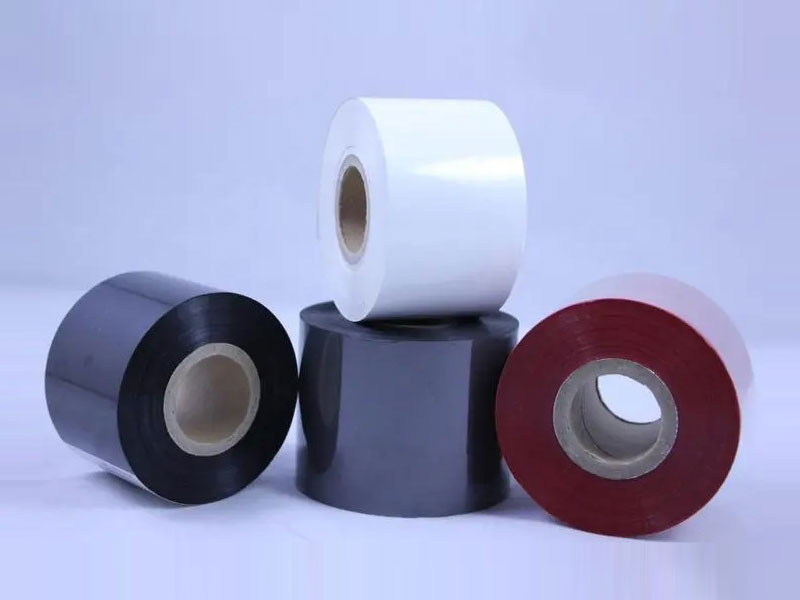
Third, tension control problems (breakage/relaxation)
1. Critical Control Points
• Segment control: Divide the slitting process into 3 tension zones:
◦ Unwinding zone (tension A): Remains stable and avoids abrupt changes.
◦ Slitting area (tension B): 10%~15% lower than unwinding tension.
◦ Winding zone (tension C): Taper control (initial tension is 120% of B, decreasing linearly to 80%).
• Dynamic Monitoring:
◦ Install a high-precision tension sensor (e.g., METTLER TOLEDO) with a sampling frequency of ≥ 100Hz.
◦ Set belt break warning (automatic speed reduction when tension fluctuation >±5%).
2. Special scene processing
• Thin ribbon (<8μm):
◦ Use an inflatable shaft to wind, and the contact pressure ≤ 0.15MPa.
◦ Add floating rollers to the slitting area to cushion tension impacts.
• High viscosity coated ribbons:
◦ Install a release liner before winding.
◦ After slitting, let stand for 4 hours and then rewind to release internal stress.
Fourth, comprehensive preventive measures
1. Equipment Maintenance Table:
1111
2. Material Suitability Test:
• The new batch of ribbons needs to be tested in small rolls (length ≤ 100m) to test:
▪ Slitting speed limit value (critical point of flash)
▪ Optimum winding hardness (Shore A60~70 degrees)
Through the above methods, the burr rate (<0.1%), the incidence of cross-layering (<1 time/10,000 meters) and the stability of tension control (fluctuation <±3%) can be significantly reduced. It is recommended to cooperate with the MES system to record the slitting parameters and establish a process database to achieve continuous optimization.

The core criterion for judging the quality of a ribbon slitting machine is its ability to avoid slitting losses.
03. January, 2026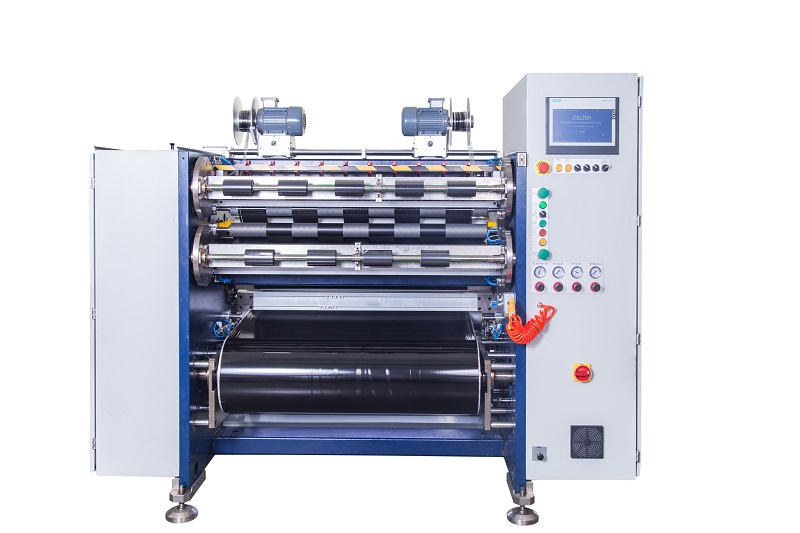
With a wide range of devices on the market, decision-makers are often caught up in the triple factor: price, brand, and performance.
03. January, 2026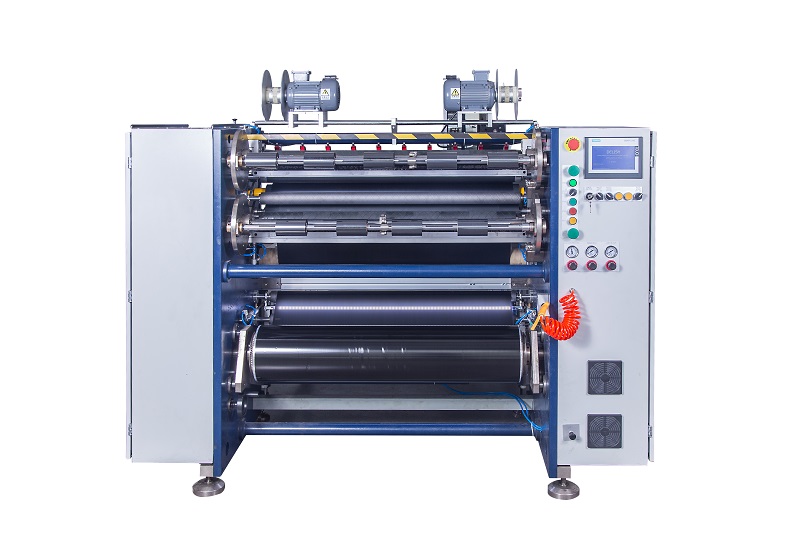
how to choose a slitting machine that truly suits your needs? Here are five key points you must know before buying.
03. January, 2026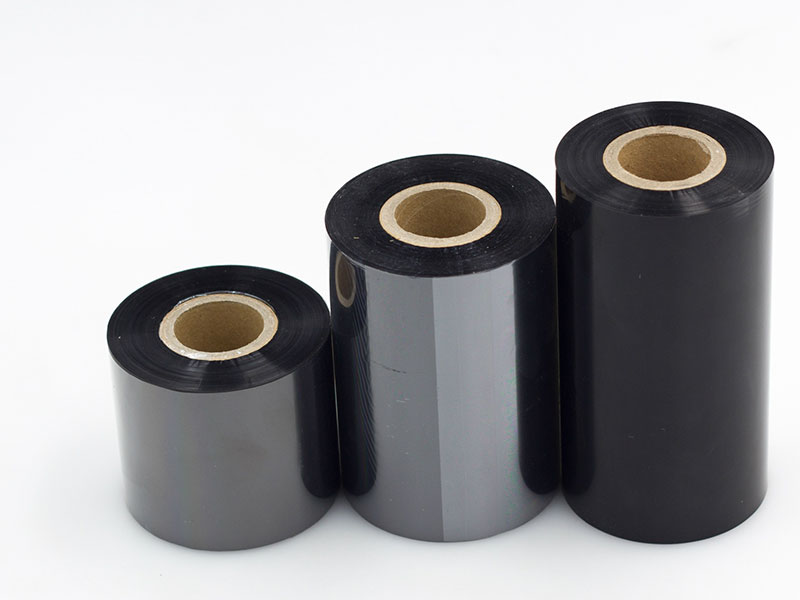
Finding the reliable way to industrial ribbon slitting machines is a comprehensive practice of precision engineering, intelligent control and system optimization.
02. January, 2026
By mastering these three forces, you will master the weapon to cut out a brilliant future in the fierce competition.
02. January, 2026